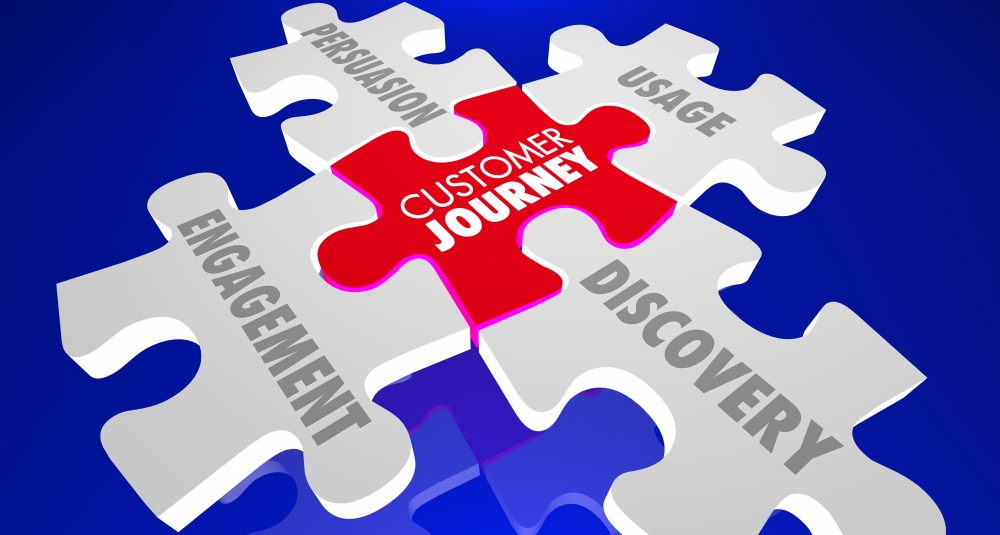
Most businesses – at least those that are serious about being competitive – have made customer experience a key priority. Many are taking the concept of unified communications to the next level, integrating it into the customer engagement workflow to create a unified customer experience. But, while this helps deliver a better experience, it doesn’t always help businesses understand why or how customers reached their purchasing decisions or what may have caused them to become frustrated. In order to fully understand what motivates customers and to be able to adjust processes, it’s important to look at and analyze the entire customer journey.
In today’s digital environment, it may seem easy to attribute certain customer engagements and sales to individual marketing or sales activities. But, that doesn’t necessarily tell you what steps the customer went through before deciding to conduct business (or not to). One way of accomplishing that, of course, is to simply ask them. But, even that isn’t likely to give you the full scope of their decision process, especially if they saw multiple messages from you, or spent time navigating through many pages on your website, or made attempts to get more information from a representative.
What is a customer journey map?
Customers can initiate contact with your business is so many ways today, including different marketing programs, simple search engine results, advice from friends or colleagues, social media, and of course customer service departments. With the continued move from offline to online customer engagement, the number of potential customer touchpoints will only increase. The only way to effectively understand a customer’s holistic experience is through customer journey mapping, which details their experience from the initial engagement through purchase or abandonment. This information drives insight into specific triggers not only for individual customers, but also identifies broader trends that may be impacting your business success.
A key to building successful journey maps is including data on every customer touchpoint. Naturally, that includes all live engagements and digital data from website analytics and CRM systems, but non-real-time or offline engagements as well, such as documentation that may have been including with a product, product packaging details, or delivery method.
Including every piece of available information helps solve any potential customer issues, but it also is key to understanding trends around what’s driving customer satisfaction and what isn’t. That included understanding which customers do not have any problems.
Perhaps there are slight variances in their journeys that are contributing to their satisfaction that can be injected into other processes and journeys. Understanding even the slightest differences in journeys can help deliver a consistent across all engagement mediums, both digital and physical.
The ultimate goal of customer journey mapping is not really about your technology and processes. Rather, it’s about uncovering what your customers are looking for and how well your systems processes are able to deliver on those expectations. Businesses that neglect customer needs in favor of their own can very easily end up delivering an inadequate experience. But, without the knowledge from mapping customer journeys, they may never know and may be missing opportunities for growth, both in the short and long term.